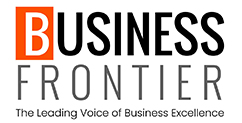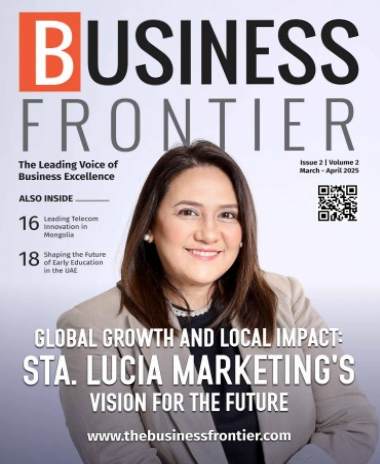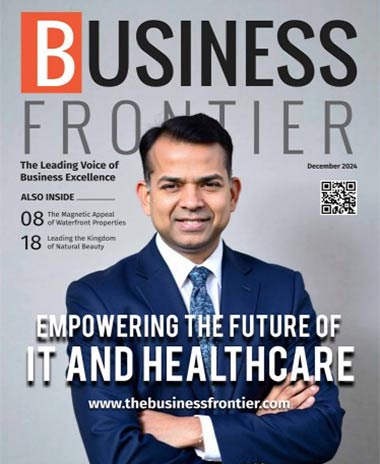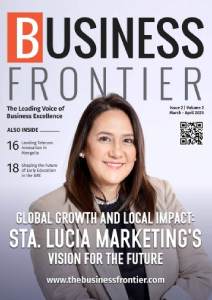As the number of wealthy families has grown worldwide, the number of Single Family Offices (SFOs) has also increased, from an estimated 6000-7000 worldwide just five years ago to around 10,000-15,000 today.
Creating a bespoke entity to manage the complex, unique needs of a multi-generational household makes sense from many perspectives, and not just financially. A dedicated organisation enables families to chart an independent course while keeping their affairs private. Unfortunately – or perhaps fortunately — there is no ‘standard’ model for a family office since they are as diverse as the families they represent. There are, however, some common challenges that modern family offices face.
Acquiring (and Retaining) Talent
According to a recent survey by JP Morgan, the average staff size of an SFO is 11, although half report five or fewer staff members. While family members will often fill key roles, and some non-core functions can be outsourced, the essence of a family office is to bring the core functions of an investment fund as much as possible in-house. For this to make sense, this talent must be comparable to that of a professional wealth management institution.
The 2020 pandemic left many investment organisations with talent gaps, meaning that competition for high-calibre individuals is fierce. Rather than seeking to outbid brand-name institutions, SFOs can opt to differentiate their offer: for example, by targeting individuals who are attracted by longer-term incentives. In addition to ‘hard’ expertise, SFOs need to select for hires capable of dealing with multiple generations, and of providing education and mentoring to younger family members.
Operations and Risk Management
Smaller, leaner organisations such as SFOs can sometimes struggle to adapt their systems as they grow. This applies to infrastructure (how data is managed and stored) and to workflows (how tasks are executed). As mentioned above, outsourcing can partly solve this problem, but only up to a point.
The JP Morgan survey revealed ‘gaps in cybersecurity’ to be a leading concern among SFOs, further revealing that around one-quarter of respondent firms had been exposed to a cybersecurity breach or fraud, and around a fifth have no cybersecurity measures in place at all.
Rather than choosing between outsourcing and managing purely in-house, solutions such as All-In-One-Plus, developed by The Family Office’s sister company, can help growing SFOs meet the above challenges. With this digital solution, it is possible to add data and link existing financial institutions seamlessly, monitor performance continuously, and be assured that the underlying data is protected.
Investment Strategy & Manager Selection
The number one challenge with a sufficiently large portfolio is how to achieve diversification without taking on undue risk. This typically means finding alternative investments, often non-public, such as real estate and other direct investing opportunities.
The J.P. Morgan survey found the average SFO portfolio is 45% allocated to alternative assets, with a target return of 11% (often higher). This is possible because the longer time horizons of a family office allow for greater illiquidity, which commands a higher return. While SFOs are better placed than retail investors to access alternative assets, they will be competing with institutions, and hence there is a risk of over-paying or simply being crowded out by bigger players.
Furthermore, private deals are (by their nature) less transparent and hence require higher levels of due diligence, sectoral expertise, and ideally, a track record of sourcing and structuring similar deals.
Cost Optimisation and Fee Management
Greater control comes at a cost. The average running costs for a large, established family office sit at $6.1m annually, with around a quarter paying more than $10m per year. Since these costs eat into returns, ensuring that they are kept to a minimum is key.
Failure to keep costs down is often the result of insufficient oversight. Running costs, investment fees, and (where applicable) tax efficiency require constant monitoring to maintain a balance between cost incurred and value received. Achieving efficient operations (see above) is part of the solution, and prioritising simplicity and transparency in dealing with external suppliers, whether external asset managers or outsource providers, is another. Assigning a full-time, empowered professional to review costs, audit providers, and renegotiate contracts should be considered not as an overhead, but as a way of enhancing returns.
Governance and Family Dynamics
While 70% of SFOs identify “succession planning” and “preparing the rising generation” as a key goal, the majority of respondents are attempting to manage this question in-house without support, and 29% do not have a structured approach at all. The family dimension represents the unique advantage and disadvantage of an SFO. On the one hand, a multi-generational perspective is naturally longer-term, and increasingly goes beyond the sole pursuit of higher financial returns. This makes it easier to compete alongside institutional investors with shorter timelines and narrower perspectives.
On the other hand, family dynamics do not take care of themselves, and if not taken seriously can cause major disruption to a wealth plan. Consciously addressing the family dimension requires a formal approach to governance: how often the family meets, how decisions are made and recorded, and how the family’s vision is incorporated into the asset allocation and investment decisions.
Finally, there is the fact that the family is not a static entity. The younger generation must not only be heard but trained to take a progressively greater role in the running of the SFO. The job is never ‘done’.
The task of setting up and running an SFO is far from straightforward, despite the many potential advantages it offers. Many single family offices fail due to inadequate planning, often because they underestimate the complex and ever-changing nature of the task. We have attempted to set out the main points to think through beforehand. Particularly in the early stages, achieving the right mix of family input, hired expertise, external support, and digital efficiency can have a material impact on longer-term outcomes.













